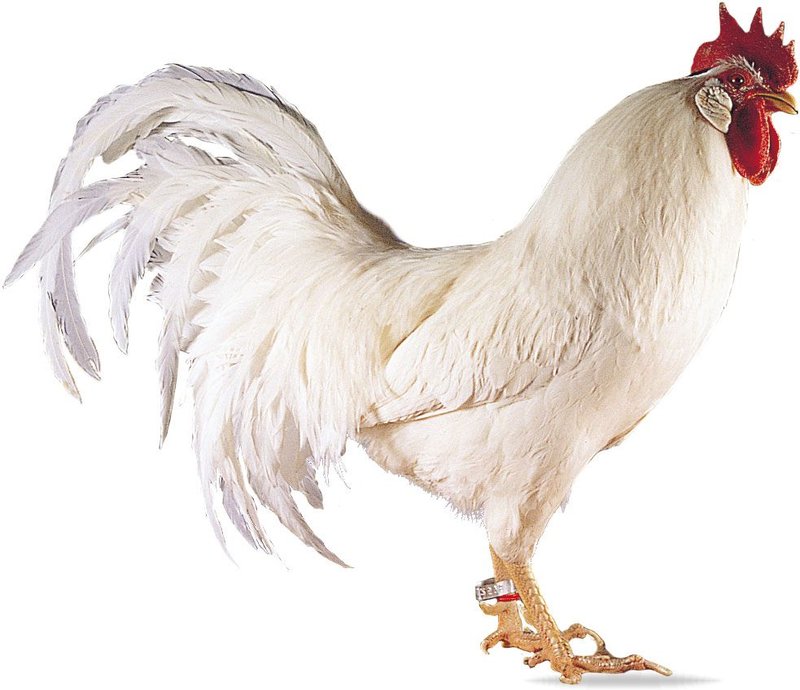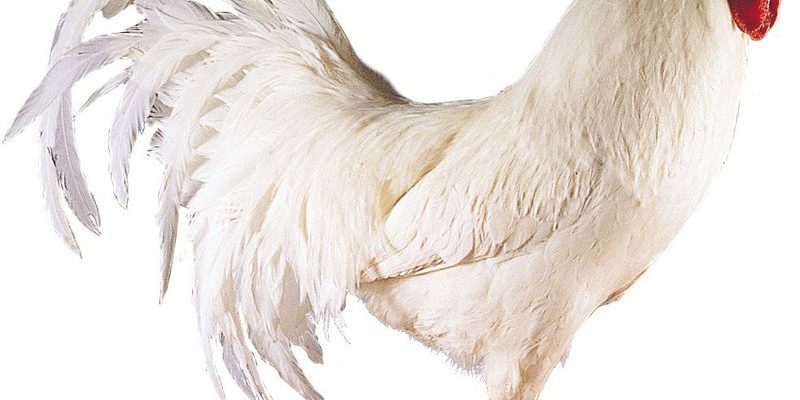
Leghorns are a unique breed, originally bred in Italy and now popular worldwide for their exceptional egg production. As you sip your coffee, picture a bustling farmyard with these impressive fowls darting around, scratching at the ground, and checking out their nesting spots. In this article, we’ll dive deep into their nesting habits and lifecycle, helping you understand what makes these chickens tick and how you can support them in your flock.
Understanding Leghorn Chickens
To appreciate Leghorn nesting habits, it’s essential to know a bit about the breed itself. Leghorns are active, hardy chickens that excel in egg production, often laying up to 300 eggs a year! They’re primarily white but come in several other colors, too. These birds have a slim build and are known for their energetic demeanor, making them a joy to raise.
Leghorns are also quite independent. Unlike some other breeds that might take their time to warm up to you, Leghorns are curious and adventurous right from the start. They love to explore their environment, which can be pretty entertaining to watch. But this independence also means they may not always stick around the coop, so it’s essential to provide a secure space for them to nest and roam.
Nesting Preferences of Leghorns
Leghorns have specific preferences when it comes to their nesting spots. Generally, they prefer nests that are secluded and quiet. After all, who wouldn’t want a peaceful retreat while laying eggs? Ideally, your nesting boxes should be dark, cozy, and slightly elevated off the ground. This gives them a sense of security, reducing stress and encouraging them to lay their eggs regularly.
You might find Leghorns favoring a specific nesting box over others. This is common with many chickens, and it usually has to do with comfort and safety. Ensure that your nesting boxes are soft-lined with straw or hay to make them inviting. Also, provide one nesting box for every three to four hens to minimize competition and stress during laying times.
The Lifecycle of a Leghorn Chicken
The lifecycle of a Leghorn chicken follows the typical path of most chickens but with its unique timeline. It all begins with an egg, which is laid after about 24 to 26 hours of formation inside the hen. Once the egg is laid, it can be collected for hatching or consumption.
If you decide to incubate the eggs, they will typically hatch in about 21 days. During this time, the embryo develops inside the egg, nourished by the yolk and other structures. Once the chicks hatch, they’re covered in soft down and are surprisingly mobile. They can walk, peck, and even find food shortly after hatching, demonstrating their independent nature right from the start.
As they grow, Leghorn chicks will transition from being fluffy little balls of energy into robust layers. They usually reach maturity around 5 to 6 months old, at which point they will start laying eggs. This timeline can vary slightly based on factors like nutrition, environment, and overall care.
Egg Laying Patterns
Leghorns are prolific layers, with most hens producing around 300 eggs per year. They tend to lay eggs almost daily, especially during the spring and summer months, when daylight is abundant. Here’s something interesting: Leghorns often lay their eggs in the morning, usually between 5 AM and noon. This is when they feel the safest and most secure.
Their eggs are typically medium to large and white, though some colored varieties lay brown or tinted eggs. The egg-laying process is a natural rhythm for these hens, and providing a comfortable nesting environment is crucial. If they’re stressed or uncomfortable, it could lead to reduced egg production or even egg-eating behaviors.
To promote healthy laying, consider these tips:
- Provide plenty of fresh water.
- Feed them high-quality poultry feed.
- Ensure they have adequate light during the laying season.
- Keep the nesting area clean and inviting.
Common Nesting Issues
Even the best-laid plans can go awry, and that includes your hens’ nesting habits. One common issue is egg binding, where a hen has difficulty laying an egg. This can be due to calcium deficiency or dehydration, so it’s essential to keep a close eye on their diet. If you notice a hen straining to lay, it’s best to consult a vet.
Another issue could be nest refusal, where hens choose not to use the nests you’ve provided. This can happen if there’s too much stress or disturbance in the coop. To resolve this, try to limit noise and activity around the nesting area. You can also add more nesting boxes if necessary.
Additionally, keep an eye out for cannibalism in the nesting area, a behavior that can arise from overcrowding or stress. This is where hens peck at and eat their eggs, which is quite alarming. Providing enough space and ensuring a peaceful environment can help prevent this.
Promoting a Healthy Nesting Environment
Creating a healthy nesting environment for your Leghorns involves a mix of comfort, safety, and cleanliness. Start by ensuring that your nesting boxes are spacious enough—around 12 inches in height, width, and depth is ideal. This allows them to move around comfortably while providing a cozy spot for laying eggs.
Regular cleaning is also essential. Eggs can get dirty or become contaminated, which can pose health risks for your chickens and affect egg quality. Clean the nesting boxes at least once a week, replacing any soiled bedding with fresh straw or hay to keep the area clean and inviting.
Lastly, consider adding a few distractions outside the coop, like dust bathing spots or foraging opportunities. This can keep your hens entertained, reducing stress and encouraging healthier laying habits. Honestly, happy hens lay better eggs!
Befriending Leghorns and understanding their nesting habits and lifecycle can be a fulfilling experience. These lively birds bring a lot of joy and productivity to any backyard. By nurturing their environment and providing the right care, you can create a happy and productive flock that rewards you with fresh eggs.
Remember, the journey with Leghorns is about observation, patience, and creating a comfortable space where they can thrive. So, whether you’re enjoying the warm morning sun while collecting eggs or simply watching them peck around, you’re bound to find joy in this exciting adventure of chicken-keeping!

